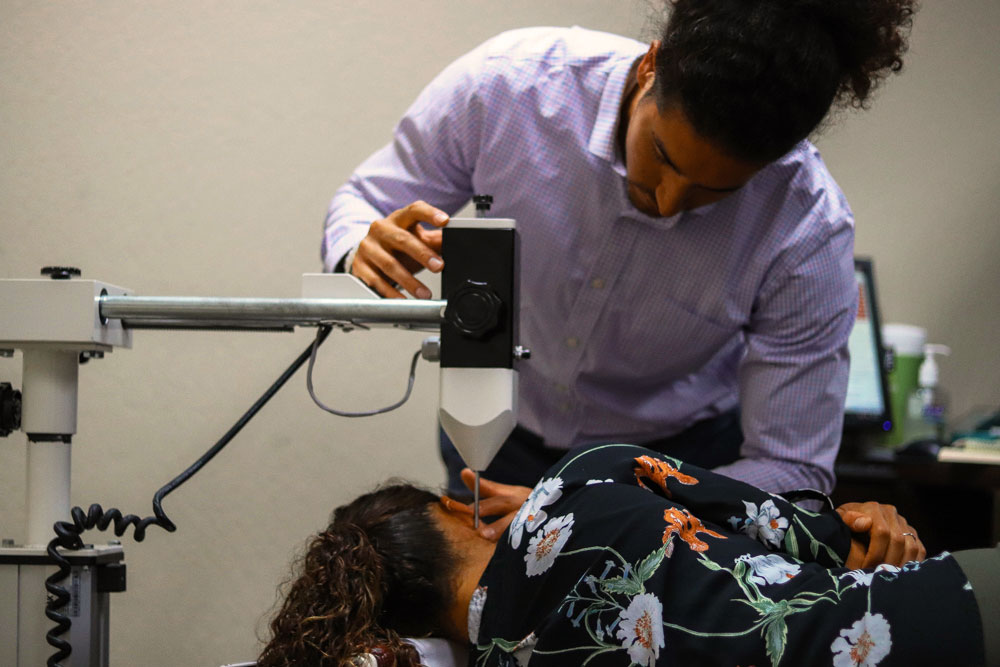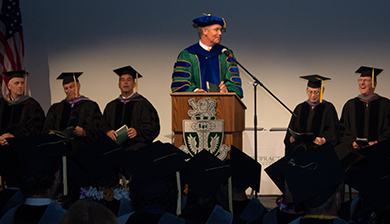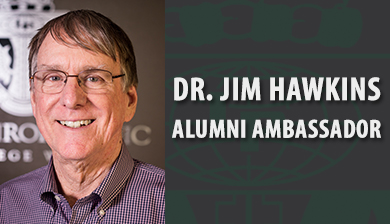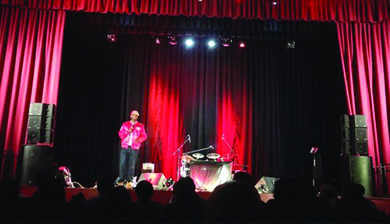In this profile Alan Bertolero, who recently graduated from Life Chiropractic College West, talks about his student research honors program project on Evolutionary Percussive Instrument Corrections (EPIC), which assists with proper alignment in the upper cervical area. He is also spending the next year in the Dominican Republic, where he is working with the World Spine Care program.
How did you come to Life West?
My journey started in high school. I have played competitive basketball my entire life, which has left me with a plethora of musculoskeletal injuries, causing me to basically have a second home in the sports medicine and physical therapy office. I tend to get obsessed about the things I set my mind to do, so starting at a young age I would literally drill a single move for hours and hours at a time – maybe not the best for my then-growing and developing body. After having surgery on my knee for non-specific knee pain that was not responding to conservative treatment, I found myself in a chiropractor’s office, still with knee pain and looking to get a college basketball scholarship in the near future. For the first time, someone looked at something besides the tissues in my knee to discover what could be causing my pain. He got me through my senior season, and I eventually received a basketball scholarship at Holy Names University.

Recent Life West grad Alan Bertolero uses a sound wave instrument to assist with an upper cervical adjustment.
After going through chiropractic care, I knew this was the career for me. I wanted to give people that same sense of hope and the opportunities that I was given.
Tell us about your research project.
I wrote a case study using a novel technique being taught at Life West. Evolutionary Percussive Instrument Corrections (EPIC) is an upper cervical technique that uses a sound wave instrument directed toward the atlas, which is the first bone in the neck. It attempts to establish proper atlas alignment and brain stem function.
The benefits of this technique are vast. It uses an instrument which standardizes the force delivered during the adjustment. This takes out part of the human error during an adjustment as well as allowing it to be more replicable.
The specificity and care toward the upper cervical complex is what initially drew me to this technique. The x-ray analysis is extensive. It attempts to figure out the orientation of the atlas and mathematically calculate a vector with X, Y, and Z coordinates which the instrument will use to make the correction.
Each person’s “normal” atlas alignment is not perfectly orthogonal with respect to the floor, due to the shape of their occipital condyles, size of the lateral masses of the atlas, shape of C2, etc. Aligning everybody’s atlas with the true orthogonal with respect to the floor may put more stress in the area as their anatomy may not support that position. The EPIC technique will align the atlas with the patient’s unique anatomy.
How do you hope this research will be used?
When I decided that I wanted to do the student research honors program, I looked at this as an opportunity to introduce the EPIC technique to the literature with a clinical example. This case study will be useful for both students and practicing clinicians who want to get a quick overview of how this technique looks in a clinical setting. It goes through the workup of a patient’s case in the health center as well as the treatment plan. It also discusses the benefits and limitations of the EPIC technique.
[quote align=”center” color=”#999999″]Evolutionary Percussive Instrument Corrections (EPIC) is an upper cervical technique that uses a sound wave instrument directed toward the atlas, which is the first bone in the neck. It attempts to establish proper atlas alignment and brain stem function.[/quote]
What do you want others to know about the Life West research honors program?
The student research honors program is a fairly new program at our school to help facilitate the learning of students with research interests. It is definitely not an easy program to complete, but I am glad I did as it gave me a boost in hopefully a long career both as a clinician and as a researcher. I would like to thank the principle investigator for the project, Pamela McBride, and the head of the research department, Monica Smith, both of who were integral in the completion of this project.
You’re joining the World Spine Care program. How did this come about?
I first heard about this organization on the Chiropractic Science podcast, hosted by Dean Smith, D.C., Ph.D., who interviews leading chiropractic researchers from around the world in order to hear about the research straight from the researchers themselves. With this in the back of my mind while trying to figure out what to do after I graduated, I saw a position online for World Spine Care in the Dominican Republic. I quickly realized that this is the type of organization that I wanted to be a part of.
How do you hope to use your degree with World Spine Care?
I am fortunate to have linked up with this amazing not-for-profit charity organization. It was founded in 2008 by a well-known leader in spine-related disorders, Scott Haldemann, M.D., Ph.D., D.C. In October, I am leaving to serve as clinic supervisor in the Dominican Republic for one year.
Their mission statement is “to improve lives in underserved communities through sustainable, integrated, evidenced-based spine care.”
My favorite part is the “sustainable” aspect. Many organizations hold mission trips, but they are transient in nature. Most people get treated only one time with an often abridged and insufficient history and exam. This clinic is within a public hospital in Moca, Dominican Republic, where we have a permanent area for seeing patients. They also have a research committee that is helping further the research in chiropractic and spine-related health. In fact, each of the six clinics they have, including the one I will be at, are also research centers.
It is interesting how life takes you places you never really plan on going. This was not my original plan, but I couldn’t pass on this opportunity. I am as excited and thankful as I’ve ever been.







